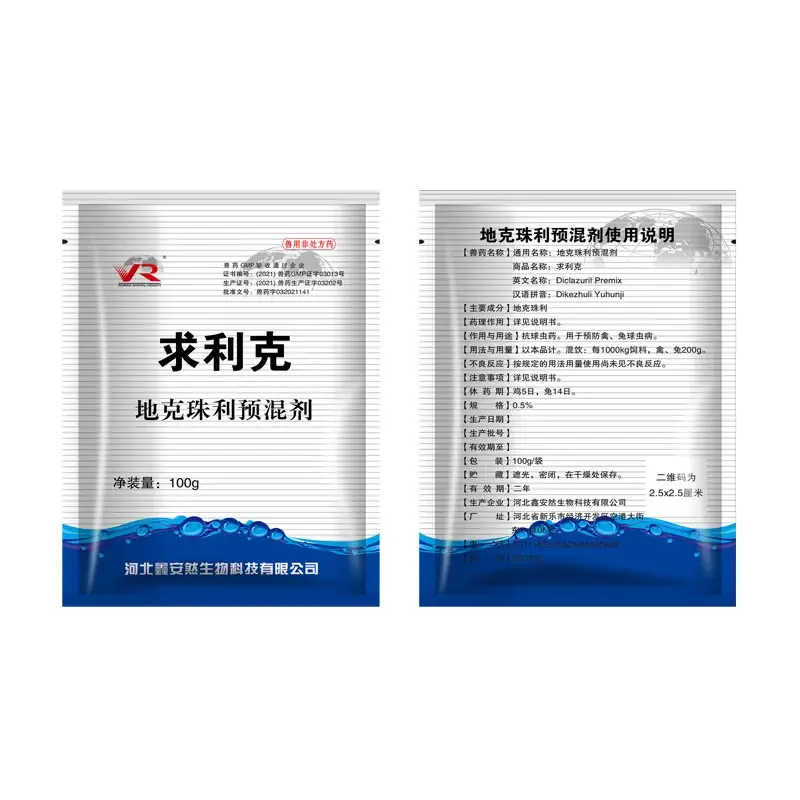- Afrikaans
- Albanian
- Amharic
- Arabic
- Armenian
- Azerbaijani
- Basque
- Belarusian
- Bengali
- Bosnian
- Bulgarian
- Catalan
- Cebuano
- Corsican
- Croatian
- Czech
- Danish
- Dutch
- English
- Esperanto
- Estonian
- Finnish
- French
- Frisian
- Galician
- Georgian
- German
- Greek
- Gujarati
- Haitian Creole
- hausa
- hawaiian
- Hebrew
- Hindi
- Miao
- Hungarian
- Icelandic
- igbo
- Indonesian
- irish
- Italian
- Japanese
- Javanese
- Kannada
- kazakh
- Khmer
- Rwandese
- Korean
- Kurdish
- Kyrgyz
- Lao
- Latin
- Latvian
- Lithuanian
- Luxembourgish
- Macedonian
- Malgashi
- Malay
- Malayalam
- Maltese
- Maori
- Marathi
- Mongolian
- Myanmar
- Nepali
- Norwegian
- Norwegian
- Occitan
- Pashto
- Persian
- Polish
- Portuguese
- Punjabi
- Romanian
- Russian
- Samoan
- Scottish Gaelic
- Serbian
- Sesotho
- Shona
- Sindhi
- Sinhala
- Slovak
- Slovenian
- Somali
- Spanish
- Sundanese
- Swahili
- Swedish
- Tagalog
- Tajik
- Tamil
- Tatar
- Telugu
- Thai
- Turkish
- Turkmen
- Ukrainian
- Urdu
- Uighur
- Uzbek
- Vietnamese
- Welsh
- Bantu
- Yiddish
- Yoruba
- Zulu
9 月 . 28, 2024 22:47 Back to list
Veterinary Amoxicillin Injection for Treating Bacterial Infections in Animals
Veterinary Amoxicillin Injection A Comprehensive Overview
Amoxicillin is a widely used antibiotic in veterinary medicine, celebrated for its effectiveness in treating a variety of bacterial infections in animals. As a member of the penicillin family, amoxicillin is structurally similar to penicillin but offers broader coverage against gram-negative bacteria, making it a go-to choice for veterinarians dealing with diverse clinical scenarios.
Mechanism of Action
Amoxicillin works by inhibiting the synthesis of bacterial cell walls, ultimately causing cell lysis and death. It interferes with the transpeptidation enzyme, crucial for cell wall construction in bacteria, which allows it to target rapidly dividing organisms. This antibiotic is effective against a range of pathogens including Streptococcus, Escherichia coli, and other susceptible organisms, making it suitable for treating infections in various species, including dogs, cats, horses, and livestock.
Indications for Use
Veterinary amoxicillin injection is indicated for treating infections related to the respiratory tract, urinary tract, skin, and soft tissues. It is also employed in gastrointestinal infections and can assist in treating conditions like pneumonia, pyoderma, and abscesses. Administering amoxicillin via injection allows for rapid absorption and higher bioavailability, particularly in cases where oral administration is not feasible due to the animal's condition.
Dosage and Administration
veterinary amoxicillin injection

The dosage of amoxicillin varies depending on the species, severity of the infection, and formulation used. For dogs and cats, veterinary recommendations often suggest doses ranging from 5 to 10 mg/kg body weight. The injection can be administered intramuscularly or subcutaneously, and the frequency will depend on the condition being treated. It is essential for veterinarians to follow established guidelines for dosing to provide effective treatment while minimizing the risk of antibiotic resistance.
Safety and Side Effects
Overall, veterinary amoxicillin is considered safe, with relatively few side effects when used appropriately. However, some animals may experience allergic reactions ranging from mild (rash, itching) to severe (anaphylaxis). Gastrointestinal upset can also occur, manifested as diarrhea or vomiting. Monitoring the animal’s response to treatment is crucial and adjusting the dosage or switching antibiotics may be necessary if adverse effects arise.
Antibiotic Resistance Concerns
The increasing prevalence of antibiotic resistance poses a significant challenge in veterinary and human medicine. To combat this issue, it is vital to use antibiotics judiciously, reserving them for necessary cases and ensuring complete courses of treatment to prevent the development of resistant strains. Responsible use includes conducting sensitivity testing when feasible, especially in chronic or recurring infections.
Conclusion
Veterinary amoxicillin injection remains an invaluable tool in the arsenal against bacterial infections in animals. Its effectiveness, ease of use, and broad spectrum of activity make it a staple in veterinary practices. However, awareness and addressing the concerns surrounding antibiotic resistance are essential for ensuring its continued efficacy in veterinary medicine. With proper management and thoughtful application, amoxicillin can significantly enhance animal health and welfare.
-
The Power of Radix Isatidis Extract for Your Health and Wellness
NewsOct.29,2024
-
Neomycin Sulfate Soluble Powder: A Versatile Solution for Pet Health
NewsOct.29,2024
-
Lincomycin Hydrochloride Soluble Powder – The Essential Solution
NewsOct.29,2024
-
Garamycin Gentamicin Sulfate for Effective Infection Control
NewsOct.29,2024
-
Doxycycline Hyclate Soluble Powder: Your Antibiotic Needs
NewsOct.29,2024
-
Tilmicosin Premix: The Ultimate Solution for Poultry Health
NewsOct.29,2024













